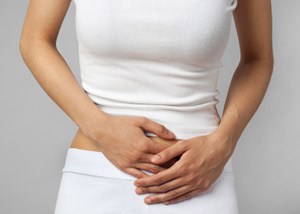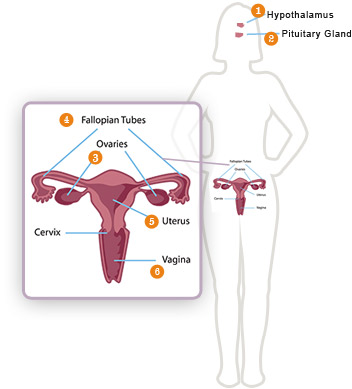With this information sheet, you will learn about the changes now happening to your body and what developments you can expect as you mature. As you grow to adulthood you will probably have many unanswered questions about these changes.
This sheet will help you to learn more about yourself so that you can be ready for these changes. Now that you are entering adolescence, it is a time of life when puberty begins. During this time, both boys and girls experience many changes. Your body will go through gradual and wonderful stages. So will your mind and your spirit. At times, it’s exciting … at other times, confusing.
In girls, puberty generally occurs between the ages of 9 and 16. During this time, the body grows taller and takes on a roundness that appears more female. The breasts develop, hair appears in the pubic area and under the arms. A normal whitish secretion from the vagina will be noticed and several months later menstruation will begin. This means that the female reproductive organs have matured. You are becoming a woman.
In boys, these body changes will usually occur between the ages of 10 and 17. The body grows taller and weight increases. The shoulders broaden, the voice deepens, and hair begins to grow on the face and other parts of the body. The reproductive organs will start to mature
Menstruation and the Menstrual Cycle
 Of all the many changes girls experience during puberty, menstruation is perhaps the biggest mystery-but it doesn’t have to be. There’s a perfectly natural reason for it. Menstruation is one of the signs of maturity-of being a woman instead of a child. It means that your menstrual cycle is beginning. Its purpose is to prepare your body for the normal biological function of women-the ability to reproduce, or have children. Month after month, the menstrual cycle is repeated during the reproductive years of a woman’s life.
Of all the many changes girls experience during puberty, menstruation is perhaps the biggest mystery-but it doesn’t have to be. There’s a perfectly natural reason for it. Menstruation is one of the signs of maturity-of being a woman instead of a child. It means that your menstrual cycle is beginning. Its purpose is to prepare your body for the normal biological function of women-the ability to reproduce, or have children. Month after month, the menstrual cycle is repeated during the reproductive years of a woman’s life.
The Female Reproductive System
These are the female reproductive organs that determine how and when menstruation occurs.
- HYPOTHALAMUS: A part of the brain that produces chemicals for controlling certain functions of the pituitary gland.
- PITUITARY GLAND:
 This important gland is located at the base of the brain. Every month, it sends out a hormone or chemical messenger through the bloodstream, causing a tiny egg or ovum, to ripen in an ovary.
This important gland is located at the base of the brain. Every month, it sends out a hormone or chemical messenger through the bloodstream, causing a tiny egg or ovum, to ripen in an ovary. - OVARIES: There are two, each containing thousands of tiny, undeveloped egg sacs. Every month, an egg ripens in one of the two ovaries, and breaks out of its sac. This is called ovulation.
- FALLOPIAN TUBES: There are two, one curled around each ovary. When the ripened egg breaks out of its sac, it enters one of the tubes and travels toward the uterus.
- UTERUS: This muscular organ has a lining which thickens each month into a nurturing place for a fertilized egg to develop into a baby. If the egg isn’t fertilized, it disintegrates. The lining no longer needed, is shed. This is called menstruation.
- VAGINA: A passageway from the uterus to the outside of the body-through which the menstrual flow leaves the body. It is also called the birth canal.


 Online Scheduling Request
Online Scheduling Request 
